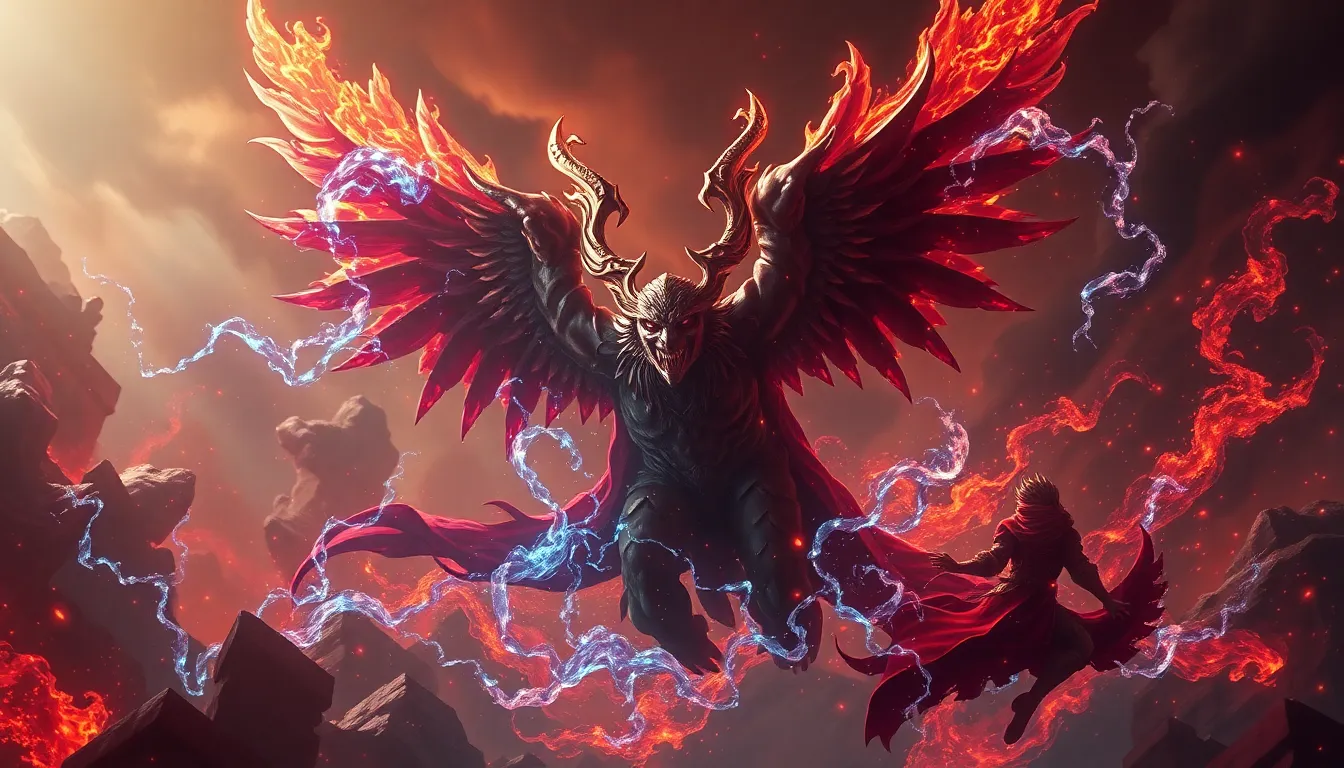White Tiger: Guardian Spirit of Korean Culture
The white tiger, a majestic creature with a powerful aura, holds a special place in Korean culture, representing not only strength and authority but also protection and balance. As one of the four mythical creatures known as the Four Symbols, the white tiger stands as a guardian spirit, watching over the nation and its people.
The White Tiger as a Celestial Guardian
In Korean mythology, the white tiger is often referred to as the "guardian of the west" and is associated with the element of metal. Its powerful roar echoes through the night, signifying the celestial guardian’s presence and its watchful eyes keep a constant vigil over the world. The white tiger's role as a protector transcends physical boundaries, extending to the spiritual realm as well. It is believed to ward off evil spirits and protect people from harm. The white tiger’s power is also believed to be harnessed in traditional Korean martial arts, with practitioners drawing upon its strength and agility in their movements.
The White Tiger’s Role in the Four Symbols
The white tiger is one of the four mythical creatures known as the Four Symbols, which represent the four cardinal directions and their corresponding elements. The other three symbols are the Azure Dragon (east, wood), the Vermilion Bird (south, fire), and the Black Tortoise (north, water). These mythical creatures represent the cyclical order of nature and the interconnectedness of all things. The white tiger’s role in this cosmic balance is crucial, representing the element of metal and the power of the west.
The White Tiger in Korean Mythology and Folklore
In Korean mythology and folklore, the white tiger is often depicted as a wise and benevolent creature, possessing supernatural abilities and deep understanding of the natural world. Many tales describe the white tiger as a protector, assisting those in need and ensuring justice prevails. Its presence is often a sign of good fortune and prosperity, while its absence can be interpreted as a sign of misfortune or imbalance. The White Tiger is a recurring figure in Korean folktales, its appearance signaling a turning point or a moment of significance in the narrative.
The White Tiger as a Symbol of Power and Authority
The white tiger is also a symbol of power and authority in Korean culture. It is often associated with royalty and leadership, its image appearing on royal regalia and official documents as a symbol of strength and protection. The white tiger's fierce gaze and powerful aura are believed to inspire respect and awe, symbolizing the unwavering determination and strength necessary for effective leadership.
The White Tiger and the Five Elements
The white tiger's association with the element of metal in the Five Elements theory is crucial for understanding its role in Korean culture. The Five Elements (metal, wood, water, fire, and earth) are believed to be interconnected and influence each other in a cyclical and harmonious way. Metal symbolizes strength, decisiveness, and control. The white tiger's association with metal reflects its power, unyielding spirit, and ability to overcome obstacles. Metal also represents the sharpness of the white tiger's claws and its ability to dominate in battle.
This association with metal also connects the white tiger to the autumn season, a time of harvest and reflection. The white tiger's power is also seen in its ability to control the flow of energy and to transform raw materials into valuable tools. It’s a reminder that just as metal can be forged into something strong and useful, we can also harness our inner strength to overcome challenges.
Connections to Shamanism and Ancestor Worship
The white tiger's connection to shamanism and ancestor worship is another important aspect of its significance in Korean culture. Shamans, the spiritual leaders of Korean folk religion, often call upon the white tiger's power to protect their communities and to communicate with the spirit world. The white tiger represents the connection between the physical and spiritual realms, its power acting as a bridge between the living and the dead.
In ancestor worship, the white tiger is believed to protect the spirits of the ancestors and to guide them as they journey to the afterlife. It’s a reminder of the importance of respect for elders and the continuity of family lineage. The white tiger's presence in both shamanism and ancestor worship underscores its role as a protector and guardian of both the living and the dead.
The White Tiger in Korean Art and Literature
The white tiger's powerful presence is evident in Korean art and literature, its image appearing in various forms, including paintings, sculptures, ceramics, and textiles. In paintings, the white tiger is often depicted in majestic poses, its powerful physique and piercing gaze signifying its strength and authority. It’s often depicted with a fierce expression, its claws extended and its teeth bared. This imagery reflects the white tiger's role as a protector and a deterrent to evil forces.
In literature, the white tiger appears in many folktales and myths, often as a symbol of courage, justice, and wisdom. It's a reminder that even in the darkest of times, there is always hope for a better future. The white tiger's image also appears on traditional Korean garments and accessories, symbolizing protection and good fortune. These visual representations of the white tiger serve as a reminder of its significance in Korean culture.
The White Tiger in Modern Korean Culture
The white tiger continues to hold a significant place in modern Korean culture, with its image appearing in various forms, including logos, designs, and even modern art. The white tiger is often used as a symbol of strength, resilience, and national pride. This powerful icon appears on military badges and emblems, symbolizing the strength and courage of the Korean armed forces. The white tiger's image is also prevalent in contemporary Korean cinema and television, where it is often used to symbolize power, authority, and the supernatural.
In popular culture, the white tiger is often depicted with a modern twist, such as in video games and anime, where it might be given special powers or abilities. This adaptation of the white tiger legend into modern media allows it to resonate with younger generations and ensures that the white tiger’s power and symbolism remain relevant in contemporary Korean society.
Theories on the Origins of the White Tiger Legend
The origins of the white tiger legend can be traced back to ancient Korea, where the white tiger was revered as a powerful and sacred creature. The legend likely evolved from real encounters with tigers, which were once common inhabitants of the Korean peninsula. The white tiger’s rarity in the wild likely contributed to its special status in Korean mythology. It's likely that the white tiger’s powerful presence inspired awe and respect, leading to its elevation to a supernatural being.
Another theory suggests that the white tiger legend emerged from traditional Korean shamanism, where animal spirits and deities played a significant role in religious practices. This theory suggests that the white tiger was incorporated into Korean mythology as a powerful spirit or guardian deity, associated with strength, protection, and the spirit world.
FAQ
What is the White Tiger’s significance in Korean culture?
The white tiger is a prominent symbol in Korean culture, representing strength, authority, protection, and balance. It is one of the Four Symbols, guarding the west and representing the element of metal.
What role does the White Tiger play in Korean mythology and folklore?
In Korean mythology and folklore, the white tiger is often depicted as a wise and benevolent creature, possessing supernatural abilities and a deep understanding of the natural world. It is a protector, assisting those in need and ensuring justice prevails.
How is the White Tiger represented in Korean art and literature?
The White Tiger’s powerful presence is evident in Korean art and literature, with its image appearing in paintings, sculptures, ceramics, and textiles. In paintings, it is often depicted in majestic poses. In literature, it appears in many folktales and myths as a symbol of courage, justice, and wisdom.
How does the White Tiger continue to be relevant in modern Korean culture?
The White Tiger continues to hold a significant place in modern Korean culture, with its image appearing in logos, designs, and even modern art. It is often used as a symbol of strength, resilience, and national pride.
Where can I learn more about the White Tiger in Korean culture?
You can find extensive information about the White Tiger in Korean culture through various resources such as books, academic journals, documentaries, and online articles. You can also learn about the White Tiger through exploring Korean art, literature, and folklore.




